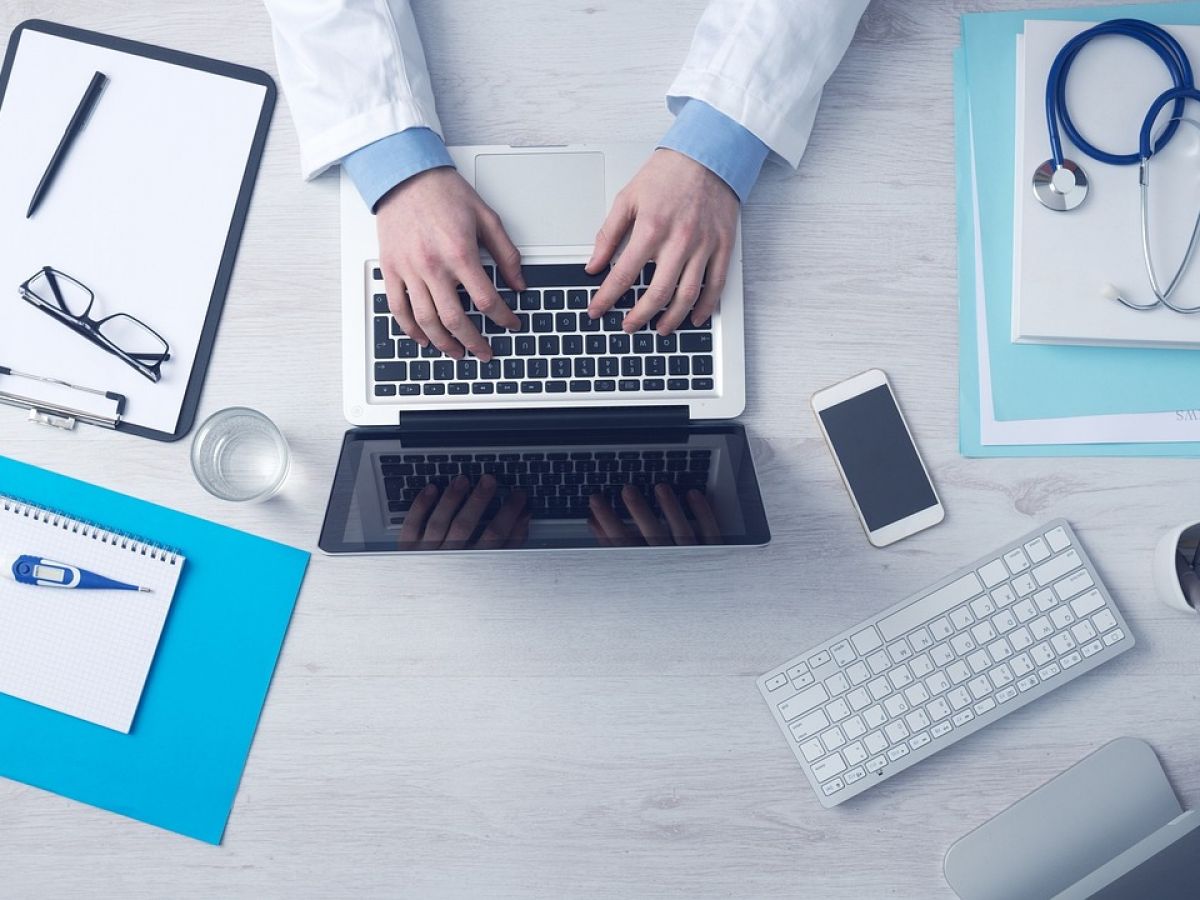On December 16, 2024, the General Directorate of Healthcare Provision (DGOS) of the Ministry of Health and Access to Healthcare presented its first mapping of digital uses in healthcare provisionIn the healthcare sector, digital is everywhere: from medicalized homes to pharmacies, hospitals, research laboratories and even medical practices...
Mapping of digital uses in healthcare provision. DGOS / Ministry of Health and Access to Healthcare
According to Doctor Yann-Mael Ledouarin, head of the health and digital transformation department within the DGOS, "This mapping allows us to present the levers that digital technology represents for the transformation of healthcare provision". Thus, the aim of the DGOS is to set up, throughout France, a large digital network making patient care and journeys more fluid and efficient.
An ever more widespread digital network
For the DGOS, AI could be used to save time for healthcare staff, allowing them to allocate it to patients. Indeed, for hospitals, medical practices or even for health homes and centers, generative AI can be a great help in planning staff schedules, but also in organizing different appointments, for doctors and residents alike.
Additionally, natural language processing (NLP) AIs can help convert speech into text to simplify the documentation of various files. According to the publication AI in the field of Health According to the Organisation for Economic Co-operation and Development, through the use of AI, up to 36% of health and social services could be automated.
For pharmacies, AI algorithms allow to manage stocks and the supply of medicines and thus avoid shortages or breakages. Finally, the implementation of analysis systems based on AI in pharmacies makes it possible to increase the security of the dispensing of medicines, by increasing their traceability, but also by analyzing possible drug interactions.
Furthermore, AI and digital twins, i.e. a virtual representation that accurately reflects a physical object, are also of great help in diagnosis and treatment. Indeed, digital twins can, for example, be used to obtain a better visualization of certain organs before an operation. They therefore help patients throughout their medical journey. AI is also already proving its worth in the interpretation of results in particular, whether in radiology or in analysis laboratories. For example, the implementation, in the emergency department of the Rennes University Hospital, of software for automatic reading of X-rays in the event of a suspected fracture has reduced the waiting time for hospital patients by 30%.
Virtual reality, a tool that allows for detailed reconstruction of an environment or physical object, also allows MRI results to be read sometimes up to four times faster, according to a comparative study on theBreast MRI Analysis for Surgeons Using Virtual Reality, and therefore offers a time saving and a helping hand to the nursing staff. Finally, the metaverse allows doctors to train in immersive simulations in virtual reality for example. It is useful in order to carry out individualized treatment plans and remote consultations, but also to offer assistance in the care pathway and to set up therapeutic options for patients.
Read also What are digital twins?
For its part, telehealth allows a patient to consult a health professional remotely and makes patient monitoring simpler. The patient no longer has to systematically travel for a treatment renewal or can get an appointment more quickly. Thus, the implementation of teleconsultations in pharmacies, for example, helps to relieve pressure on medical practices, which are all too often overbooked. This is also what 38% of French people think, who find it difficult to quickly get an appointment with a general practitioner and 77% say they have difficulty consulting a specialist, according to the results of a survey carried out in July 2024 by Odoxa and Mutualité Francaise and published in the France Health Book of the French Mutuality in September 2024.
AI and digital twins in the service of research
Obviously AI and digital twins are also a great help for research centers. Indeed, they make it possible to identify molecules more quickly and thus model them and then propose treatments or therapies. For example, chemists from the CNRS and the University of Strasbourg were able to design new molecules-medicines by combining computer vision and AI. Inhibitors of a protein involved in a disease were thus designed by computer, synthesized and tested in a minimum of time and with a minimum of resources used.
Then, the use of digital twins to carry out tests in clinical research before actually carrying them out would reduce the costs and duration of research work. This technology also constitutes a way to accelerate the simulation process in order to obtain predictions of the efficacy or toxicity of a treatment. For example, the drug Alecensa, used in the treatment of bronchial cancer, was able to be placed on the European market 18 months earlier than expected thanks to the use of virtual patients.
AI also makes it possible to optimize and simplify the management of clinical trials and their results. For example, it makes it possible to recruit participants by analyzing their health data, but also, thanks to algorithms, it studies data in order to identify drugs that may be effective according to the different clinical trials and patients. Finally, AI facilitates research by reducing the access time to more or less massive volumes of data and by structuring them in real time.
Read also A new artificial intelligence model to speed up cancer diagnosis
And finally, for institutions, a generalization of the uses of different digital tools across France makes it possible to establish public policies as well as prevention campaigns, local according to regional data, but also national in certain cases. In addition, this large digital network makes it possible to respond to and manage health crisis situations more quickly. For example, during the COVID-19 crisis, AI was used to accelerate the development of vaccines. Finally, this digital network would make it possible to improve public health systems according to the real needs of populations, whether at a regional or national level.


